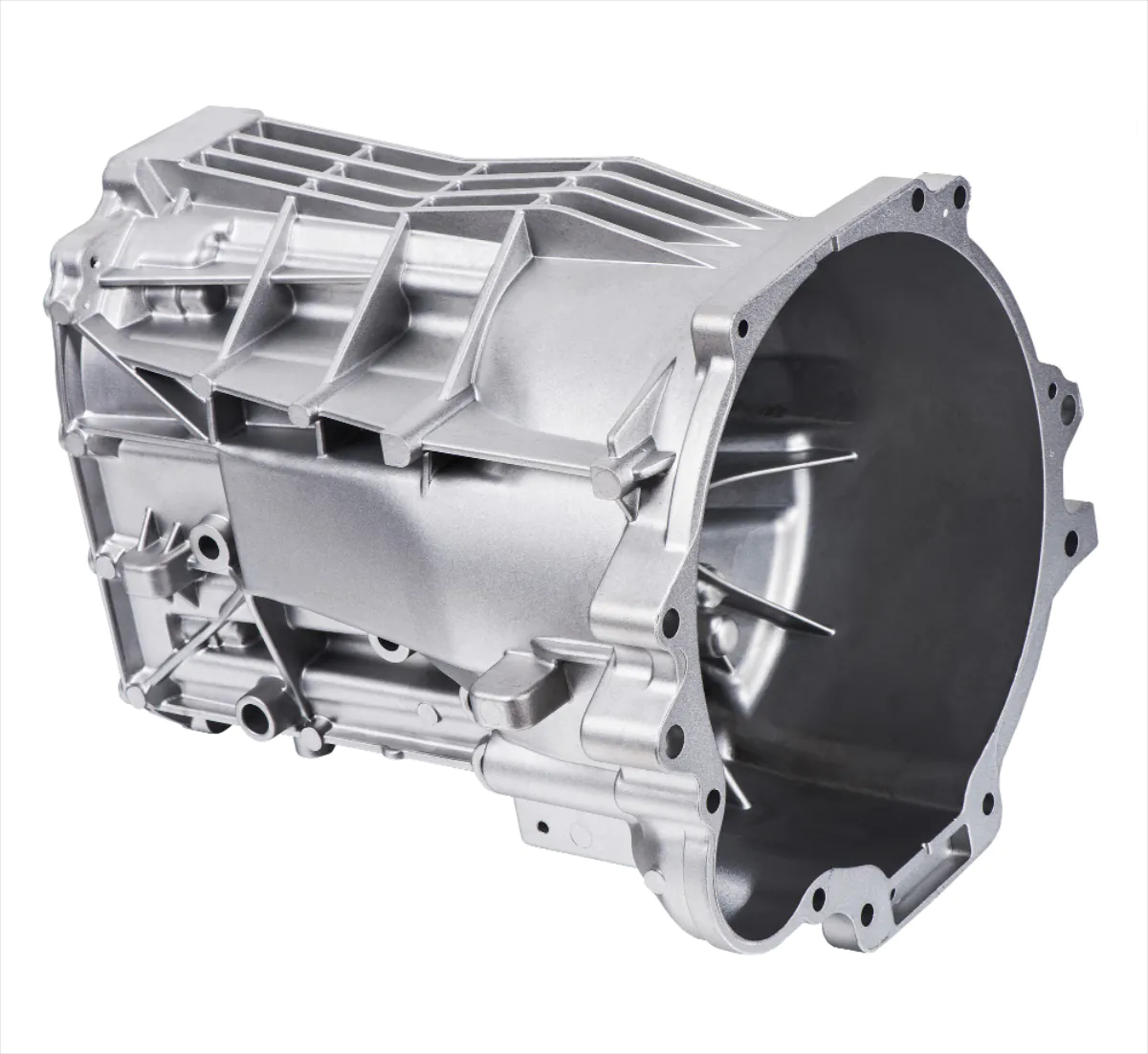
In modern manufacturing, die casting and extrusion are two fundamental metal-forming techniques used to produce parts with high precision, strength, and reliability. While both processes involve shaping metal, they are distinct in terms of methodology, applications, and material requirements. Checkout: moulage sous pression aluminium
What is Die Casting?
Die casting is a metal casting process where molten metal is forced into a mold cavity under high pressure. These molds, known as dies, are typically made from hardened steel and can produce complex shapes with excellent surface finishes.
Process Overview:
Melting: The metal (commonly aluminum, zinc, or magnesium) is melted in a furnace.
Injection: The molten metal is injected into a steel mold (die) under high pressure.
Cooling: The metal solidifies quickly in the mold.
Ejection: The cast part is ejected from the die.
Trimming: Excess material is removed from the part.
Advantages:
High production efficiency.
Excellent dimensional accuracy and surface finish.
Ideal for high-volume production.
Ability to create intricate designs.
Applications:
Automotive parts (engine blocks, transmission cases).
Consumer electronics (housings for smartphones and laptops).
Industrial components (pump housings, brackets).
What is Extrusion?
Extrusion is a process in which a metal billet is forced through a die opening to produce long parts with a consistent cross-sectional profile. moulage sous pression aluminium
Process Overview:
Heating: The metal billet is heated to a suitable temperature (if hot extrusion is used).
Forcing: The billet is pushed through a die using a ram or screw.
Shaping: The metal takes the shape of the die opening.
Cooling and Cutting: The extruded product is cooled and cut to the desired length.
Types of Extrusion:
Hot extrusion: Performed above the material’s recrystallization temperature.
Cold extrusion: Done at or near room temperature for better surface finish and strength.
Advantages:
Continuous production of long parts.
High material utilization.
Flexibility in creating complex cross-sections.
Suitable for both metals and polymers.
Applications:
Structural components (window frames, railings).
Tubing and piping.
Heat sinks for electronics.
Aerospace and automotive components. (moulage coquille sous pression)
Conclusion
Both die casting and extrusion play crucial roles in manufacturing, offering unique benefits based on the desired part geometry, material, and production volume. Die casting excels in making intricate and high-volume metal parts, while extrusion is ideal for creating long, uniform profiles.
Understanding the capabilities and limitations of each process helps engineers and manufacturers choose the most suitable technique for their specific applications.
Comments on “Die Casting and Extrusion: Key Manufacturing Processes Explained”